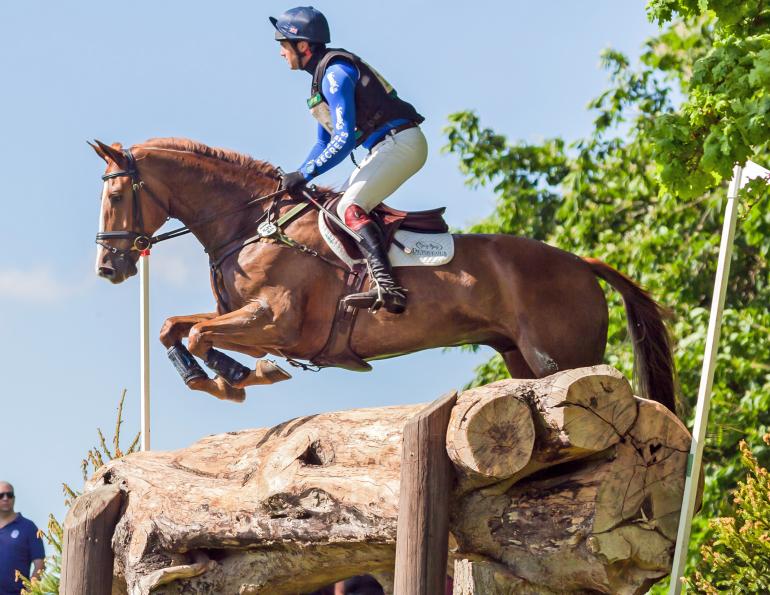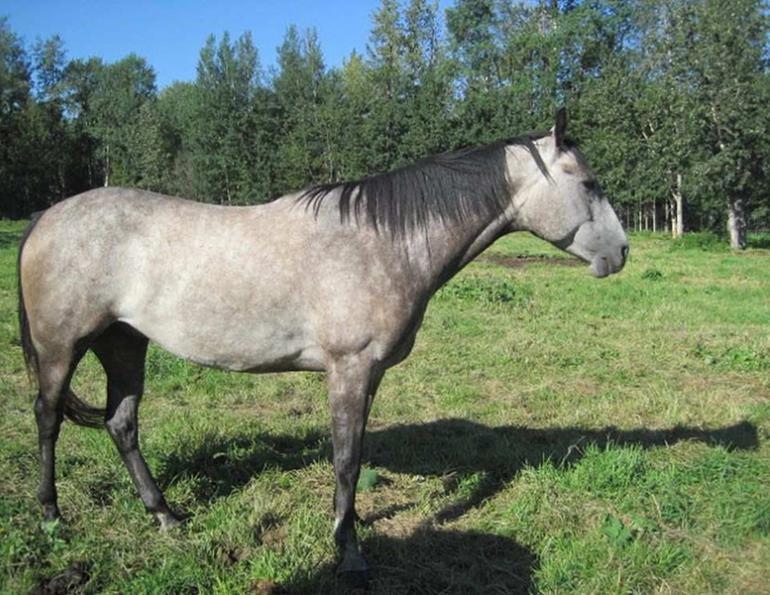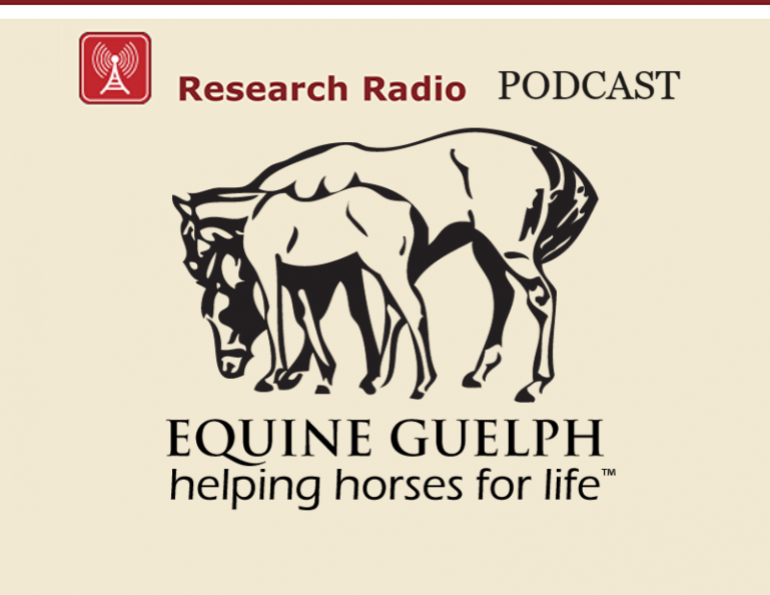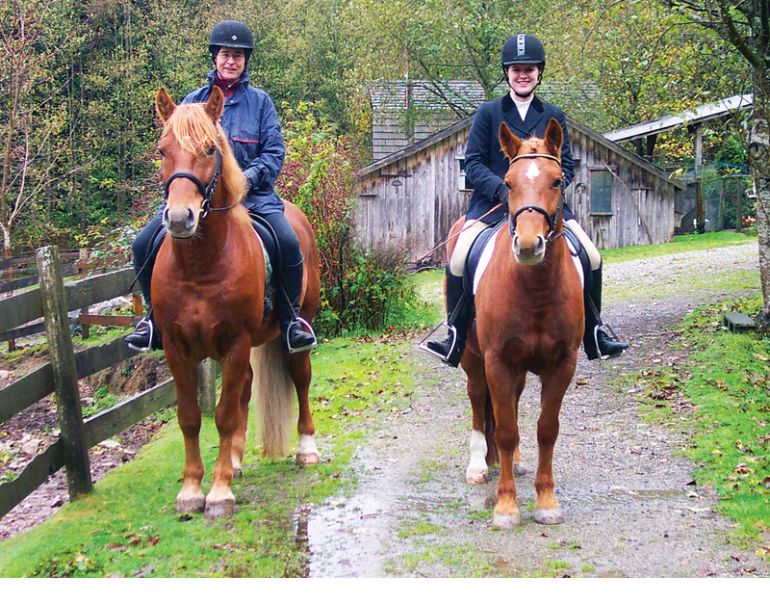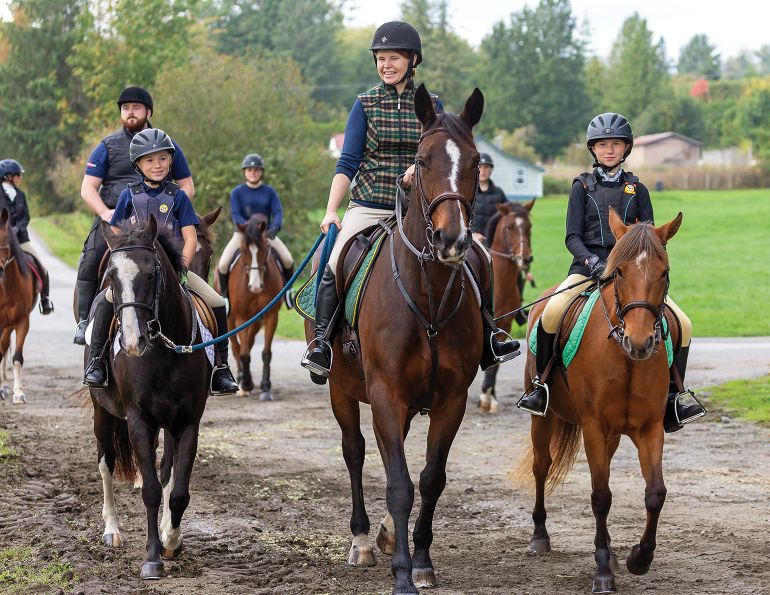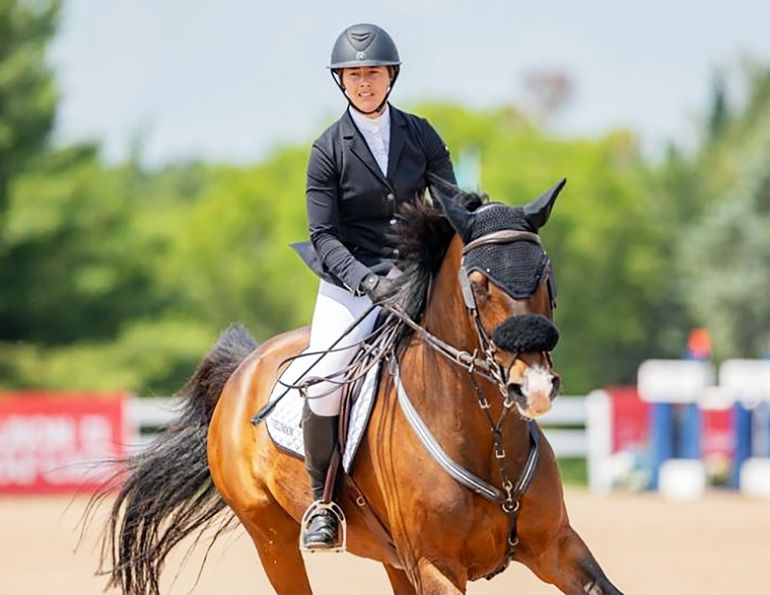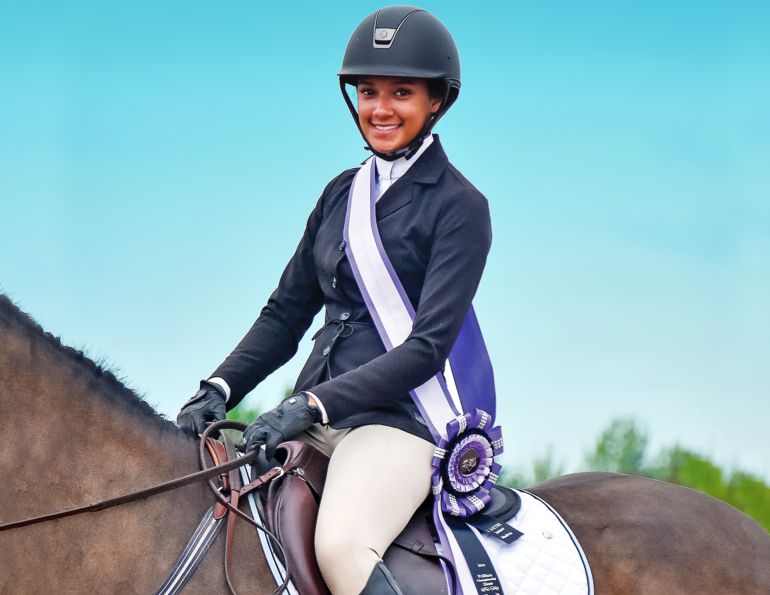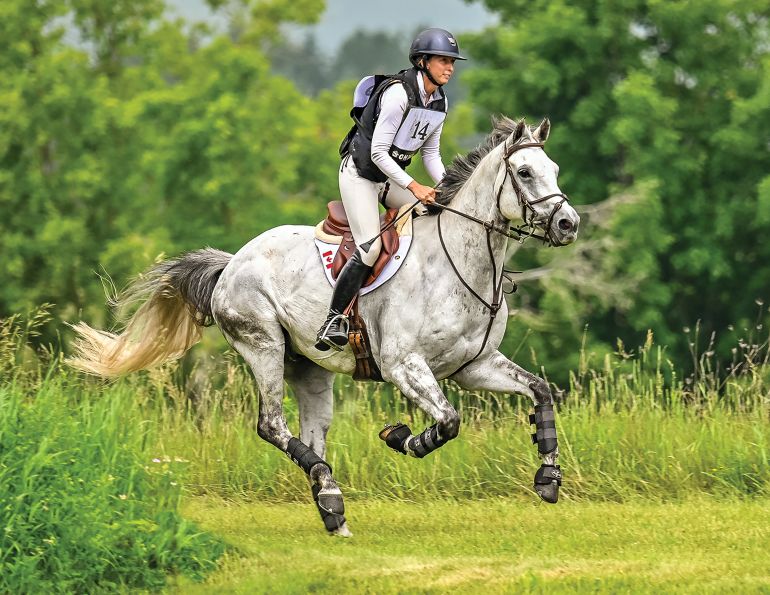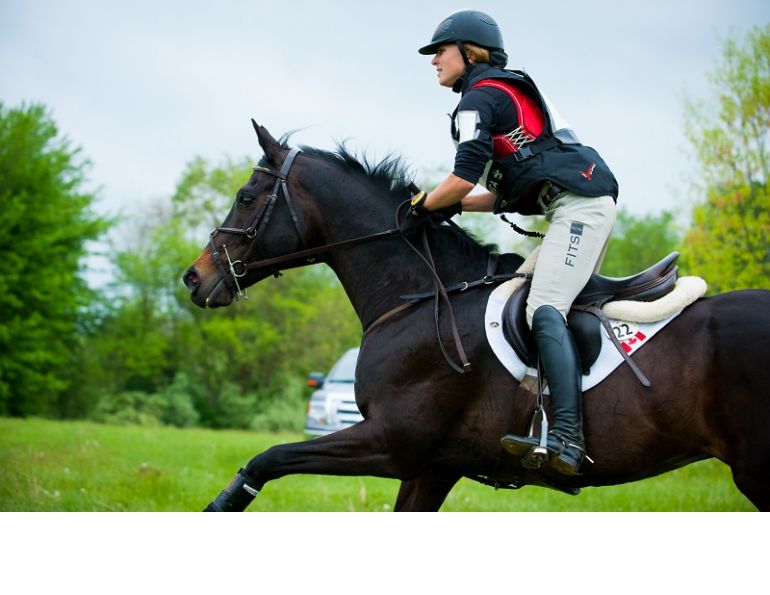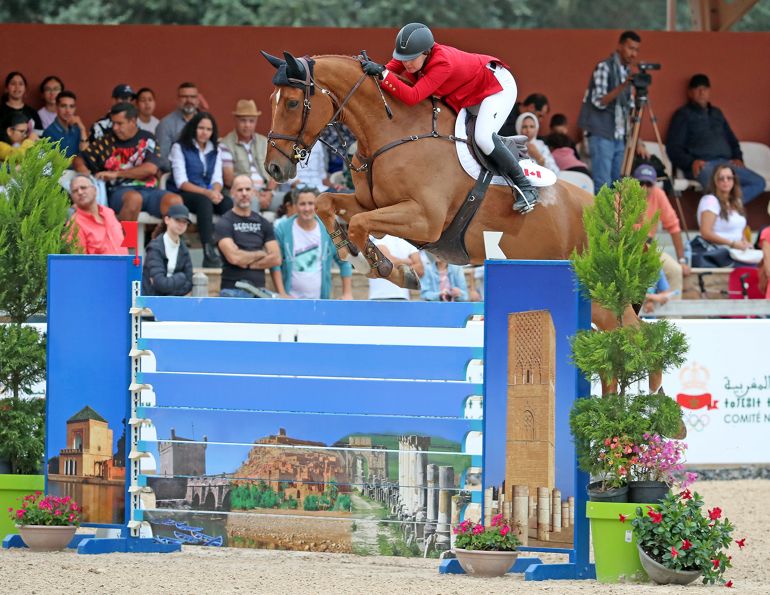By Mark Andrews
A recent study has identified factors associated with an increased risk of falls during the cross-country phase of eventing and has suggested modifications that could reduce the risk of injury, making it safer for horse and rider.
Higher-level events, longer courses, more starters in the cross-country phase, and less experienced horses and athletes all showed an increased risk. Identifying these risk factors allows riders and event organisers to assess the level of risk for individual horse, rider, and event combinations.
The research, published in the Equine Veterinary Journal, recommends simple improvements such as adjusting minimum eligibility requirements (MERs) to ensure horses and riders always compete at a level appropriate to their ability.
The study, based in the UK and led by Bristol Veterinary School’s Dr Euan Bennet and Professor Tim Parkin, with Dr Heather Cameron-Whytock of Nottingham Trent University, was funded by Fédération Equestre Internationale (FEI).
It included data from every horse start worldwide in all International, Championship, Olympics, and World Equestrian Games competitions between January 2008 and December 2018. Information from National Federation events was not included.
Of 202,771 horse starts during this period, 187,602 started the cross-country phase. Of these, 1.5 percent recorded a fallen horse and 3.5 percent had an unseated rider.
At least 50 riders and 109 horses have died since 2000 across all levels of competition worldwide.
Related: Head First - Horse Riding Accidents and Concussions

Close escape from a rotational fall. S. Griffiths riding Danaan Prince at Blenheim CCI*** International horse trials in September, 2009. The horse recovered its balance and did not fall. Photo: Dreamstime/Melanie Horne
Dr Bennet said: “Eventing is an exciting equestrian sport, but horses and riders sometimes get injured during competitions. Occasionally they are very seriously injured, even fatally. We have gained a detailed understanding of the risk factors that make horses more likely to fall, so that we can provide actionable advice to governing bodies on how to reduce the number of horse falls, and therefore injuries and fatalities among horses and riders.
“This data is about probabilities, and we would never say don’t ride because you’re going to have a fall, but we might say is that according to your risk profile you’re in the top five percent at risk of a fall.”
The study identified the following factors as contributing to a fall:
- Horses competing at higher levels.
- Horses competing over longer cross-country course distances.
- A higher number of starters at the cross-country phase.
- Mares were at increased odds compared with geldings.
- Horses whose previous start was longer than 60 days ago.
- Horses that had previously made fewer starts at the level of their current event.
- At the human athlete level, male athletes were at increased odds of experiencing a fall, compared with female athletes.
- Younger athletes were at increased odds compared with older athletes.
- Less experienced athletes were more likely to fall than their more experienced counterparts.
- Athletes whose previous start was more than 30 days ago were at increased odds compared with athletes who last started within 30 days.
- Athletes who did not finish their previous event, for any reason, were at increased odds compared with those who successfully finished their previous event.
- Horse-athlete combinations who recorded a score in the dressage phase that was higher than 50 (i.e., poor performance) were at increased odds of falling during the cross-country phase, compared with combinations who recorded a dressage score of 50 or less.
The researchers now hope the FEI will use this new evidence to implement evidence-based rules for eventing which protect the safety of athletes and horses without compromising on competitiveness.
For more details, see: Fédération Equestre Internationale eventing: Risk factors for horse falls and unseated riders during the cross-country phase (2008-2018).
Related: How to Fall off a Horse Safely
Published with the kind permission of Mark Andrews, Equine Science Update.
Main Photo: Dreamstime/Mreco99



